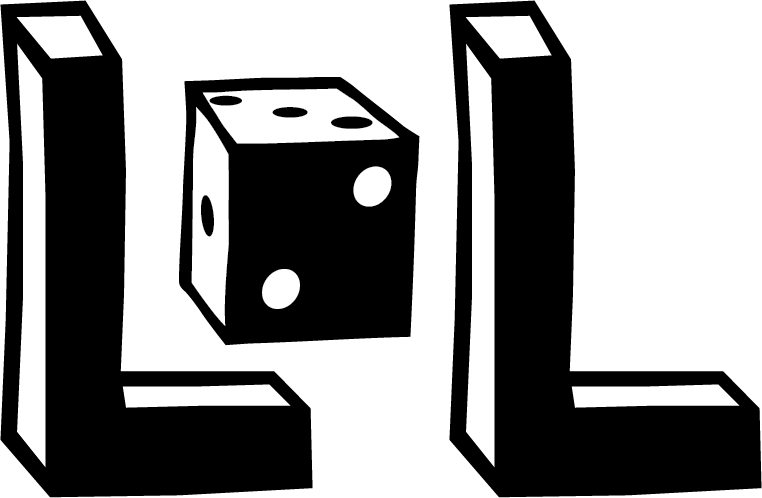Dixit is an excellent game for stimulating creativity and linguistic expression. In a language learning context, it can be used to practice description, the use of metaphors and similes, and to expand vocabulary in a creative way. Its surreal illustrations offer endless possibilities for interpretation, making each game unique. The game also encourages active listening and understanding of linguistic nuances, making it useful for students of various levels. It can be easily adapted to focus on specific linguistic or thematic aspects, depending on the educational objectives.
Adaptation to the educational context:
The game is useful for teaching foreign languages for several reasons:
Stimulates linguistic production – Students must create sentences, descriptions, or stories based on images, exercising vocabulary and grammatical structures.
Develops communication skills – Players must express themselves clearly but creatively, finding the right balance to make themselves understood without being too obvious.
Enriches vocabulary – Dixit’s surreal illustrations often require the use of descriptive adjectives, metaphors, and similes, expanding students’ lexicon.
Promotes active listening – To guess the right card, students must listen carefully and understand the clues from others.
Breaks down language anxiety barriers – Being a game, it creates a relaxed atmosphere where it’s easier to express oneself without fear of making mistakes.
Tips for adapting the game to the class level and lesson needs:
– With the original game rules:
Vocabulary
Students must describe the card with just one word
Grammar
Students must use the structures proposed by the teacher to describe the card.
Example: Past tense practice (A2)
Students use past simple and perfect tenses to describe “what happened” in the card.
Expression of hypotheses (B1)
Students describe the card using conditional sentences to express “what would happen if…”
– Changing the rules:
Storytelling 1
Cards can be used to create stories.
For example, create a common story based on one card, adding one sentence at a time. Or create a story with different cards. Students take 2-3 cards (increasing the number of cards as students become more familiar with telling stories this way) and place them in front of themselves. The first student starts by placing one of their cards in the middle of the table and saying a sentence to begin the story. The second student chooses a card, places it after the first student’s card, and continues the story. The last card must close the story.
Storytelling 2
Each student receives a card that they don’t show to anyone and creates a story. Then all the cards are collected, and the same number of new cards, not used by students, are added. All cards are placed in the middle, visible to all students. Each student tells their story and the others must guess his card. Whoever guesses correctly gets a point.
Conversation (questions and answers) and grammar
Investigation and deduction game.
Place the cards in front of the students so that each student can see them. Each student takes turns playing by choosing a card, but does not say which card they have chosen. The other students must ask questions which the player must answer. Initially, the questions can be direct, e.g., “Is there a person on the card?” and later more abstract and using more complex structures, e.g., “What do you think about when you look at this image?”, “If this image were a season, which would it be?”.
Students must guess the card or each time remove one card that they think does not correspond to the answers: in the end, the right card remains. If they have guessed correctly, the team that guesses wins. If they were wrong, the student who chose the card wins.
Examples of use in CLIL and other subjects:
Literature
Analysis of characters, setting, and atmosphere of a literary work.
Prepare cards with descriptions of characters, monologues, dialogues, descriptions of places from the book you are reading.
One student at a time takes a description and reads it aloud. Each student chooses a card from among those they have that represents the text read. Then all the cards are shuffled and revealed. Students vote for the best card (they cannot vote for their own card). The student who used the card that collected the most votes gets a point.
Then each student explains their choice, connecting visual elements of the card to textual aspects.
Philosophy
The images of the game allow visualizing abstract notions and making them more accessible.
Before the game, prepare cards with key concepts, for example: utilitarianism, pragmatism, empiricism etc.
During the game, students take one card with a concept and each student chooses a card from those they have that best represents the concept. Students vote for the best card (they cannot vote for their own card). The student who used the card that collected the most votes gets a point.
Then each student presents and justifies their choice using appropriate philosophical terminology.
Online resources
On the Asmodee website, you can download the game demo with examples of Dixit cards with the rules to print at home.
On the Boardgame Arena website, you can play Dixit online.
